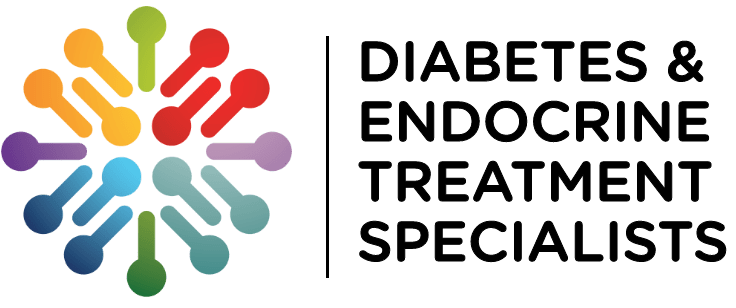Which One is Worse – Sugar or Salt?
This is a common question among patients in our clinic. Which one is worse for your body and more important to avoid? The key is moderation for both sugar and salt, but research shows that sugar may be slightly worse than salt.
Why you crave sugar and salt

The body craves sugar and salt due to a combination of biological and psychological factors.
Biologically, our preference for these substances stems from their historical scarcity and their role as quick energy sources (sugar) or providers of essential electrolytes (salt).
Psychologically, sugar and salt activate the brain’s reward centers, creating pleasurable sensations and forming positive associations.
Additionally, people may turn to these foods for emotional comfort. However, excessive consumption can lead to health issues, so maintaining a balanced diet is crucial.
- Salty pretzels and chips or sugary soda and candy can be hard to avoid. They’re both tempting and delicious, but they can wreak havoc with your diet.
- You may be craving sugar and salt for several reasons. If you’re dehydrated, you may crave salt. Your muscles may also be craving salt. On the other hand, if you haven’t eaten in hours or are starving, you may crave sugar. The brain can crave sugar too.
Why both can be bad if overused
An excess amount of sugar increases the risk of obesity which then leads to additional health risks and concerns. It’s also tied to diabetes, cardiovascular disease, and other health issues. Kidney failure, strokes, and heart attacks are possible from eating excess sugar.
Too much salt is usually associated with the risk of high blood pressure. If your blood pressure is too high, the risk of heart attacks and strokes increases significantly. An excess amount of salt may also cause fluid buildup in the body.
So which is worse?
Is sugar more dangerous? Some experts believe that sugar is more dangerous because it can cause more issues and lead to more serious long-term health concerns.
Although some believe that sugar is worse for you than salt, it’s crucial to remember that both can cause issues if you eat too much. It’s important to consume both salt and sugar in moderation and monitor your levels.
Examples of Hidden Sources of Sugar and Salt
Look for hidden sources of sugar and salt. You probably don’t add extra sugar to your food all the time. The same thing may be true for salt. However, you may be getting both of them from hidden sources.
- Flavored Yogurts – especially low-fat and fat-free options can have high amounts of added sugar to enhance the taste. Opting for plain yogurt is always a better option.
- Tomato Sauce – typically store-bought ones are loaded with added sugars and sodium
- Canned Soups – including the ones marketed as “healthy” or “low-fat,” often contain significant amounts of sodium to enhance the flavor. Opt for low-sodium versions or make homemade soup using fresh ingredients.
- Granola Bars – Many commercial granola bars are marketed as healthy snacks but can contain high amounts of added sugars. Read the labels and choose bars with minimal added sugars or make your own using oats, nuts, and dried fruits.
- Salad Dressings – Pre-made salad dressings, especially creamy or sweet ones, can contain hidden sugars, sodium, and unhealthy fats. Make your own dressings using olive oil, vinegar, and herbs, or choose options with simple ingredient lists.
- Condiments – Ketchup, barbecue sauce, teriyaki sauce, and other condiments can contain significant amounts of added sugars and sodium. Use them sparingly or make your own versions with natural sweeteners and reduced salt.
Even more to be on the lookout
Additionally, prepackaged meals and snacks tend to be filled with high levels of sugar and salt. Manufacturers add them to improve the taste and flavor, but your health is affected. Before you buy processed food, take time to read the label to see how much sugar and sodium is inside.
Beverages are another common source of too much salt and sugar. Have you stopped to consider what’s inside your favorite drink? Vegetable juices such as tomato juice tend to have a lot of sodium. On the other hand, fruit juices can be loaded with sugar.
Restaurant and fast food meals also have a huge amount of salt and sugar. The companies do this to make you love their food and come back for more. You may not realize how much is in the food because you can’t always get the ingredient list or see the full menu. Go ahead and ask them what’s in your food! You’ll be more informed.

Limiting your sugar and salt intake is essential for your health. However, eating too much sugar may hurt you even more than having too much salt. If you’re worried about negative health effects from the amount of sugar and salt you consume, consult our office so you can be matched with one of the dieticians/nutritionists in our office to help you with your wellness path.
To learn more about sugar and sodium intake and about how to make sure you are taking in healthy levels, check out these resources:
www.fda.gov, additional resources on nutrition labeling, including guidelines on how to identify hidden sugars and salt in food products.
www.cdc.gov. The Centers for Disease Control and Prevention (CDC) offers resources on nutrition, including information on the health impacts of excessive sugar and salt consumption.
Give us a call today so we can help you focus on your wellness, not illness.



